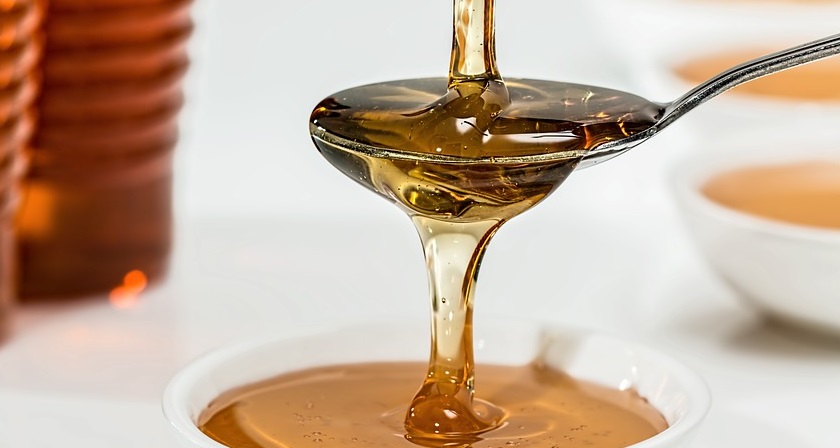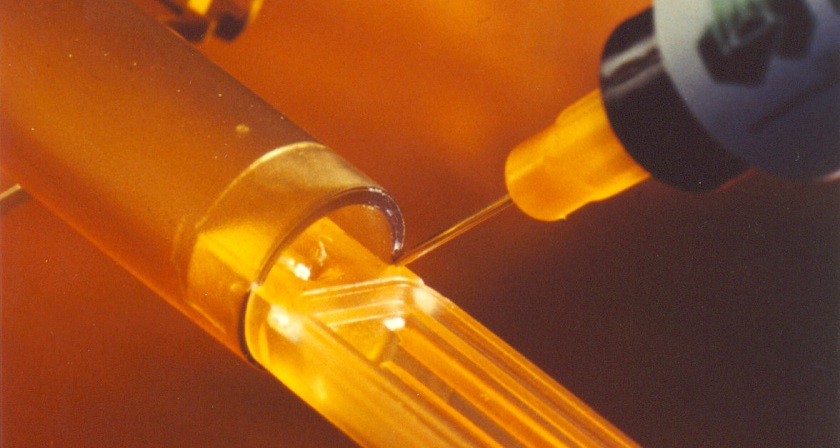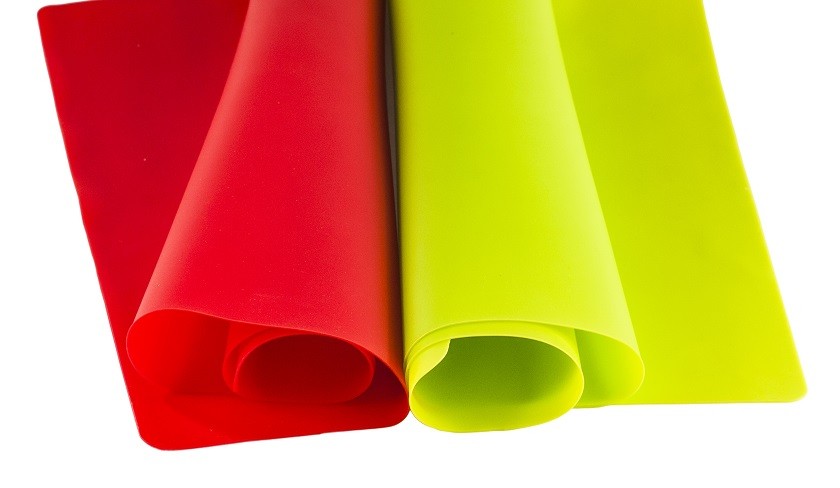Considerations for temperature resistant adhesives
How elevated temperatures a temperature resistant adhesive can withstand depends, among other things, on which type of chemistry the adhesive is based on.
How elevated temperatures a temperature resistant adhesive can withstand depends, among other things, on which type of chemistry the adhesive is based on.
How elevated temperatures a temperature resistant adhesive can withstand depends, among other things, on which type of chemistry the adhesive is based on. Organic adhesives such as epoxies, cyanoacrylates, acrylates, polyurethanes, light curing adhesives and anaerobic adhesives begin to deteriorate around 250 – 300 ˚C. Silicones can withstand degradation up to 350 ˚C. BUT – there is a difference between deterioration temperature and the temperature resistance in an application.
The strength of an adhesive bond is generally reduced the higher the ambient temperature. This is the case even at temperatures below the degradation temperature. Then add the fact that synergy effects may occur. For example, there can be a substantial difference between an adhesive joint that is exposed to 100 ˚C and a joint exposed to 100 ˚C while simultaneously being immersed in a solvent.
You will often in the technical data sheet for an adhesive find two different specification for temperature resistance. First, it is the suggested operating temperature which an adhesive joint is expected to withstand for a longer period of time. Then there is the suggested intermittent operating temperature which is the temperature which the adhesive is to be expected to withstand for a shorter while, a peak temperature if you will.
In some cases, it can also be important that an adhesive can withstand temperature cycling with quick changes.
In technical data sheets, it is not usually the degradation temperature that is stated. The temperature resistance actually refers to the temperature at which a specific adhesive joint (two specified materials bonded with the adhesive in question in a certain manner) retains a certain strength.
To choose an adhesive for details or constructions that need to have high temperature resistance, it can be a good idea to prepare by considering the following:
The answer is that it depends on what kind of temperatures we are talking about. Within each category of adhesives, there are more temperature resistant adhesive grades than the standard ones. You will find some examples below.
Among the most temperature resistant adhesives, there is silicone and epoxy. They can withstand up to 300 ˚C for longer periods of time. Generally, higher temperature resistance will be achieved if the adhesive is heat cured.
The most temperature resistant type of adhesive is ceramic adhesive. These can withstand up to 3000 ˚C. However, ceramic adhesives are very stiff and brittle which limits their use mechanically.
Examples of a few common adhesive products with especially high temperature resistance (there are many options, so ask us for more):
Nusil R-2160, 2-compoonent silicone adhesive, 315 ˚C
Sealtite 210, 1-component silicone adhesive, 350 ˚C
Permabond ET5411 2-component epoxy adhesive, 230 ˚C
Epo-Tek 353ND 2-component heat curing epoxy, 250 ˚C continuously, 350 ˚C intermittent
Permabond HM165 Anaerobic thread sealant, 230°C
Permabond 920 Cyanoakrylate, 250 ˚C
Epo-Tek H74 Thermally conductive epoxy adhesive, 250 ˚C continuously, 350 ˚C intermittent
The temperature resistance of an adhesive is determined by testing the strength of an adhesive joint at different temperatures. Hence, the result is specific for a certain substrate (material that is being glued) and using a specific method in which for example the size and shape of the bond are defined. It is therefore a good idea to be careful when comparing two different brands of adhesives or using the values on the technical data sheet as the absolute truth. You always have to verify the results in your specific application!

When choosing an adhesive for your application, it is advantageous if you consider the adhesive viscosity to best suit your application and process.
Read more
Medical grade adhesives are commonly biocompatibility tested according to ISO 10993 standard. Choose Epoxy, UV-curing adhesive or silicone.
Read more
Electrically conductive adhesives are used in many different types of industries and applications. Some examples are electronics, solar cell, medical, aerospace, space and automotive applications.
Read more
Silicone rubber is one of the most difficult-to-bond rubbers. We will give you options for adhesives that can help you bond silicone.
Read more
Your silicone is not curing even though you have followed every instruction? Inhibition could be the reason.
Read more